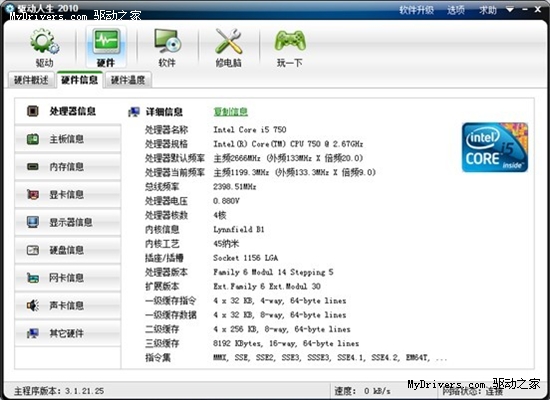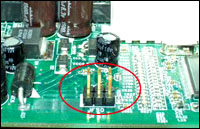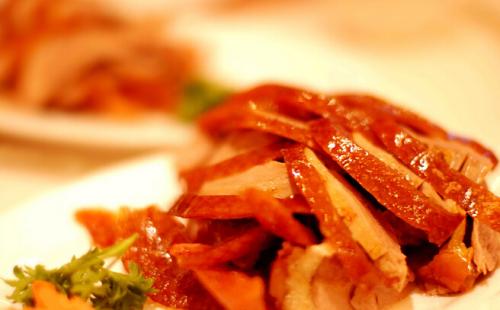path.isAbsoluteUrl() 检测绝对网址
jQuery.mobile.path.isAbsoluteUrl(url)
如果一个URL是绝对的实用方法。如果URL是绝对的这个函数返回一个布尔值 true ,否则返回 false。
<!doctype html><html lang="en"><head> <meta charset="utf-8"> <meta name="viewport" content="width=device-width, initial-scale=1"> <title>jQuery.mobile.path.isAbsoluteUrl demo</title> <link rel="stylesheet" href="http://code.jquery.com/mobile/1.3.0/jquery.mobile-1.3.0.min.css"> <script src="http://code.jquery.com/jquery-1.9.1.min.js"></script> <!-- The script below can be omitted --> <script src="/resources/turnOffPushState.js"></script> <script src="http://code.jquery.com/mobile/1.3.0/jquery.mobile-1.3.0.min.js"></script> <style> #myResult{ border: 1px solid; border-color: #108040; padding: 10px; } </style></head><body> <div data-role="page"> <div data-role="content"> <input type="button" value="http://foo.com/a/file.html" id="button1" class="myButton" data-inline="true" /> <input type="button" value="//foo.com/a/file.html" id="button2" class="myButton" data-inline="true" /> <input type="button" value="/a/file.html" id="button3" class="myButton" data-inline="true" /> <input type="button" value="file.html" id="button4" class="myButton" data-inline="true" /> <input type="button" value="?a=1&b=2" id="button5" class="myButton" data-inline="true" /> <input type="button" value="#foo" id="button6" class="myButton" data-inline="true" /> <div id="myResult">The result will be displayed here</div> </div></div><script>$(document).ready(function() { $( ".myButton" ).on( "click", function() { var isAbs = $.mobile.path.isAbsoluteUrl( $( this ).attr( "value" ) ); $( "#myResult" ).html( String( isAbs ) ); }) });</script> </body></html>
path.isRelativeUrl() 检查相对网址
jQuery.mobile.path.isRelativeUrl( url )
如果URL是相对的网址,这个函数返回一个布尔值 true,否则返回 false。
<!doctype html><html lang="en"><head> <meta charset="utf-8"> <meta name="viewport" content="width=device-width, initial-scale=1"> <title>jQuery.mobile.path.isRelativeUrl demo</title> <link rel="stylesheet" href="http://code.jquery.com/mobile/1.3.0/jquery.mobile-1.3.0.min.css"> <script src="http://code.jquery.com/jquery-1.9.1.min.js"></script> <!-- The script below can be omitted --> <script src="/resources/turnOffPushState.js"></script> <script src="http://code.jquery.com/mobile/1.3.0/jquery.mobile-1.3.0.min.js"></script> <style> #myResult{ border: 1px solid; border-color: #108040; padding: 10px; } </style></head><body> <div data-role="page"> <div data-role="content"> <input type="button" value="http://foo.com/a/file.html" id="button1" class="myButton" data-inline="true" /> <input type="button" value="//foo.com/a/file.html" id="button2" class="myButton" data-inline="true" /> <input type="button" value="/a/file.html" id="button3" class="myButton" data-inline="true" /> <input type="button" value="file.html" id="button4" class="myButton" data-inline="true" /> <input type="button" value="?a=1&b=2" id="button5" class="myButton" data-inline="true" /> <input type="button" value="#foo" id="button6" class="myButton" data-inline="true" /> <div id="myResult">The result will be displayed here</div> </div></div><script>$(document).ready(function() { $( ".myButton" ).on( "click", function() { var isRel = $.mobile.path.isRelativeUrl( $( this ).attr( "value" ) ); $( "#myResult" ).html( String( isRel ) ); }) });</script> </body></html> 














